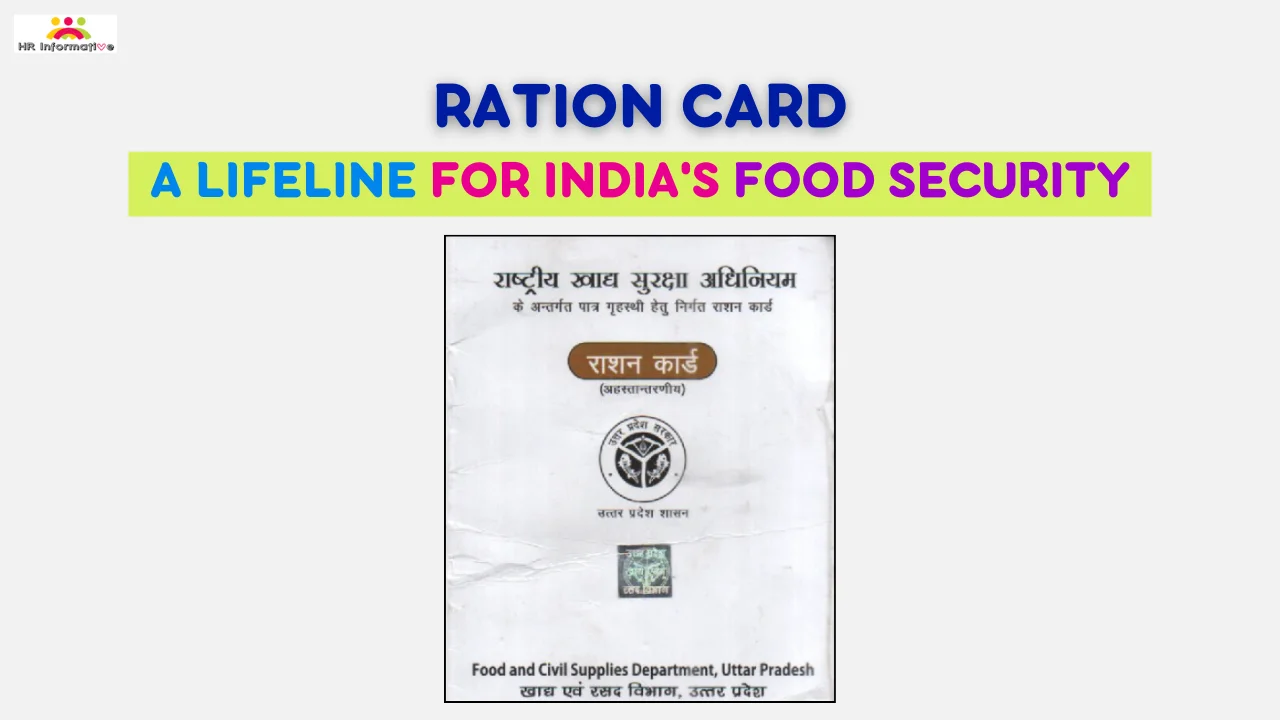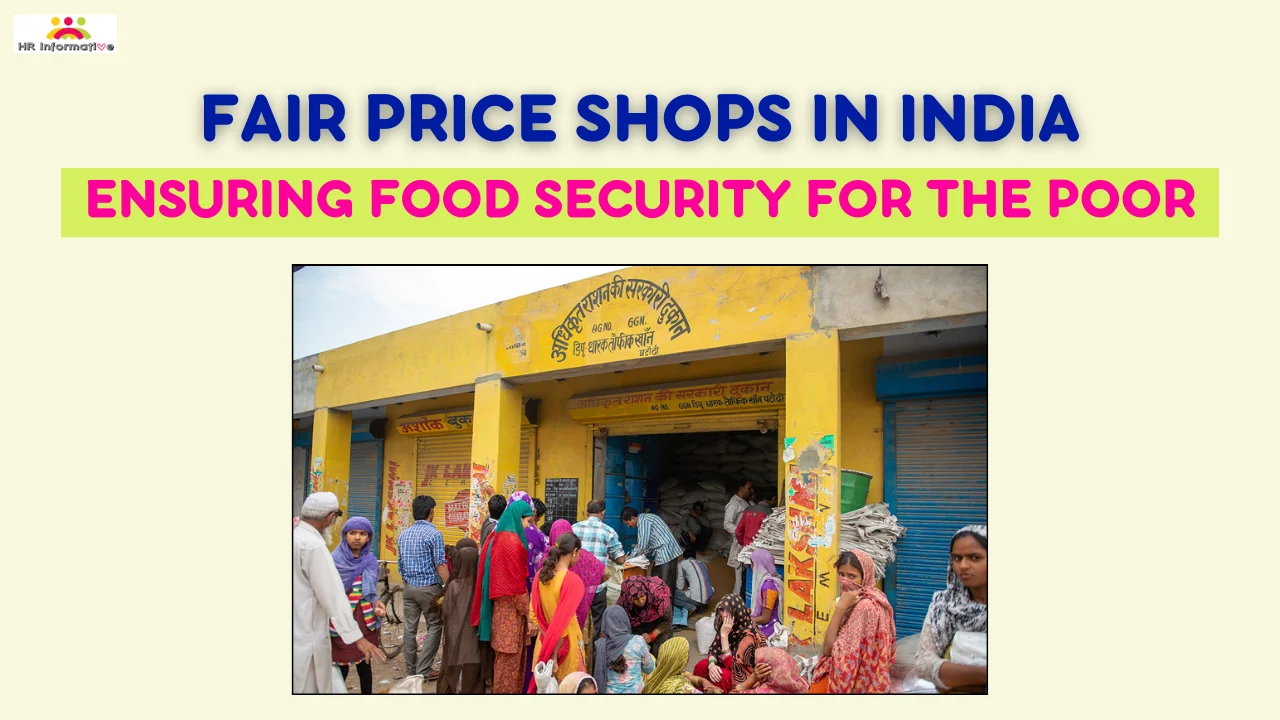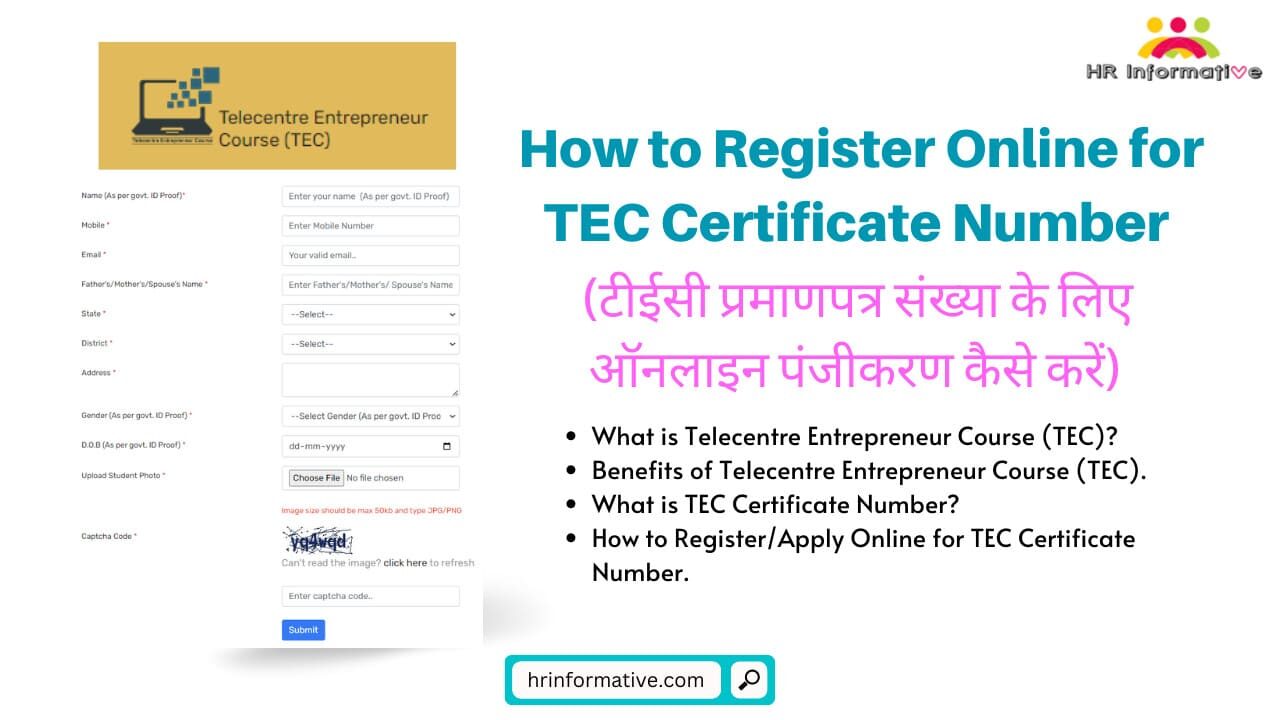Introduction
In a diverse and populous country like India, ensuring food security for its citizens is an important task. The Public Distribution System (PDS), a network of more than 5 lakh Fair Price Shops (FPS) spread across the country, plays a vital role in this effort. The Ration card, an official document issued by state governments, serves as the gateway to access subsidized food grains under the PDS.
History and Evolution of Ration Cards
A Journey Through Time Ration cards, those little booklets with stamps and signatures, have been a part of Indian life for over 80 years. They have helped millions of people through times of war, famine, and economic hardship. But how did ration cards come to be? And how have they evolved over time?
The Early Years
The first ration cards were introduced in India in 1940, during World War II. At the time, there was a severe shortage of food, and the government needed a way to ensure that everyone had enough to eat. Ration cards were issued to families, and they were used to purchase food at controlled prices.
The Bengal Famine
In 1943, the Bengal Famine devastated the eastern Indian state of Bengal. Millions of people died as a result of starvation. The famine was caused by a combination of factors, including the war, natural disasters, and British colonial policies.
Post-Independence
After India gained independence in 1947, the ration card system was continued. It was seen as a vital tool for ensuring food security for the country’s growing population.
The Green Revolution
In the 1960s and 1970s, India experienced the Green Revolution, a period of rapid agricultural growth. This led to increased food production and a decrease in food shortages. However, the ration card system was still seen as important, as it helped to ensure that poor people had access to affordable food.
The 1990s and Beyond
In the 1990s, the Indian government began to reform the ration card system. This was done in an effort to make the system more efficient and to target it to those who needed it most.
The Present
Today, ration cards are still an important part of India’s food security strategy. They are used by millions of people across the country, and they play a vital role in ensuring that everyone has enough to eat.
The Future
The Indian government is continuing to reform the ration card system. One of the main goals of these reforms is to make the system more portable so that people can use their ration cards to buy food anywhere in the country.
Read Also: Fair Price Shops in India: Ensuring Food Security for the Poor
Types of Ration Cards
In India, there are five main types of ration cards:
- Priority Household (PHH) Ration Card: This is the most common type of ration card, issued to households meeting the eligibility criteria set by state governments.
- Antyodaya Anna Yojana (AAY) Ration Card: This card is specifically for the “poorest of the poor” households, providing them with additional entitlements.
- Above Poverty Line (APL) Ration Card: Issued to households above the poverty line, APL ration cards offer subsidized food grains at a slightly higher price than PHH cards.
- Below Poverty Line (BPL) Ration Card: BPL ration cards were issued to households below the poverty line but are now phased out in favor of PHH cards.
- Special Ration Card: Issued to specific groups, such as migrant workers, tribal communities, and families headed by single women.
Benefits of Ration Cards
Ration cards offer a multitude of benefits to eligible households, including:
- Access to Subsidized Food Grains: Ration cardholders can purchase essential food grains like rice, wheat, and sugar at subsidized rates, significantly reducing their food expenses.
- Food Security: Ration cards provide a safety net for low-income households, ensuring they have access to basic food staples even during times of economic hardship or natural disasters.
- Identity Document: Ration cards serve as a valuable form of identity proof, often accepted for various government schemes, banking transactions, and other purposes.
- Other Benefits: Some states offer additional benefits to ration cardholders, such as discounted kerosene, access to public healthcare schemes, and eligibility for social security programs.
Application Process for Ration Cards
The process for applying for a ration card varies from state to state. However, the general steps involve:
- Filling Out an Application Form: The application form typically requires details of the applicant, family members, address, and proof of identity and residence.
- Submitting Required Documents: Along with the application form, applicants must attach supporting documents, such as ration cards of existing family members, income certificates, and identity proof.
- Verification and Processing: The application is verified by the concerned authorities, and if found eligible, the ration card is issued.
Challenges and Future Directions
Despite its widespread use, the ration card system faces several challenges, including:
- Inefficiencies: The PDS is often plagued by inefficiencies, such as leakage of subsidized grains to the open market, corruption, and outdated technology.
- Exclusion Errors: Some eligible households may be excluded from the system due to outdated records, lack of awareness, or bureaucratic hurdles.
- Portability Issues: Migrant workers face difficulties accessing subsidized food grains in their destination states due to the lack of portability of ration cards.
To address these challenges, the government is implementing various reforms, including:
- Digitization: Digitization of ration cards and the PDS is underway to improve efficiency, reduce leakages, and enhance transparency.
- Targeted Delivery: Initiatives like the One Nation, One Ration Card scheme aim to ensure the portability of ration cards, allowing beneficiaries to access subsidized food grains anywhere in India.
- Financial Inclusion: Linking ration cards with financial platforms can facilitate direct transfers of subsidies, reducing intermediaries and minimizing corruption.
Conclusion
In conclusion, the ration card remains an indispensable tool for India’s food security strategy. By addressing existing challenges and implementing effective reforms, the government can further strengthen the PDS and ensure that every eligible household has access to affordable food grains, contributing to a more equitable and food-secure India.
FAQs
Q: What is a ration card?
Ans: A ration card is an official document issued by state governments in India that allows eligible households to purchase subsidized food grains from fair price shops (FPS).
Q: What are the different types of ration cards?
Ans: There are five main types of ration cards in India: Antyodaya Anna Yojana (AAY), Priority Household (PHH), Above Poverty Line (APL), Below Poverty Line (BPL), and Special Ration Card.
Q: What are the benefits of having a ration card?
Ans: Ration cardholders are entitled to subsidized food grains, food security, and other benefits such as discounted kerosene, access to public healthcare schemes, and eligibility for social security programs.
Q: What are the challenges faced by the ration card system?
Ans: The ration card system faces several challenges, including inefficiencies, exclusion errors, and portability issues.
Q: What is the government doing to address these challenges?
Ans: The government is implementing various reforms to address these challenges, including digitization, targeted delivery, and financial inclusion.
Q: Are ration cards still relevant in India?
Ans: Yes, ration cards remain an indispensable tool for India’s food security strategy. They ensure that eligible households have access to affordable food grains, contributing to a more equitable and food-secure India.
Q: Where can I get more information about ration cards?
Ans: You can contact your state government’s food and civil supplies department or visit their website for more information on ration cards.
You May Read Also :




